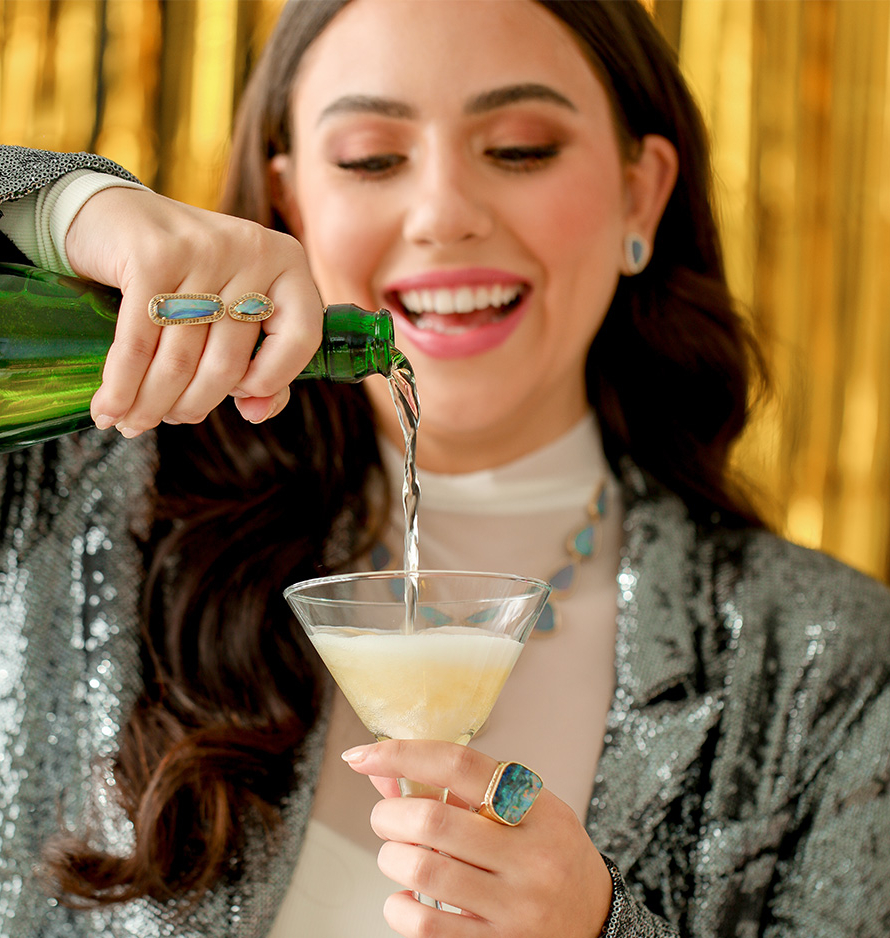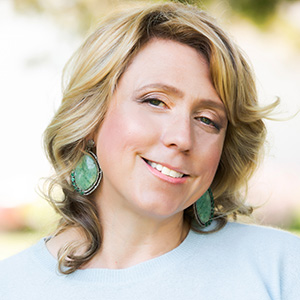If you’re not in the habit of regularly creating campaign photography to promote your jewelry collections, you’re missing out on a chance to connect with your customers.
Producing photo shoots—beyond grabbing your iPhone and hitting up Cousin Jenny to model—may seem daunting for a small jewelry store staff. One of the biggest hurdles is the budget you must consider: $1,500 on the low end to upward of $20,000. But thinking bigger about your marketing messages and visuals is a smart business move for any retail jeweler who hopes to succeed in the digital age.
“The upcoming generation wants to know the story—campaign shoots are a way for customers to really connect with who the brand is, who’s making it, and where the jewelry is crafted,” says Stephanie Major, marketing director of Parlé Gems in Pocatello, Idaho, which has produced lifestyle photo and video shoots ahead of every Luxury show for the past three years. “By having lifestyle photography, we’re able to tell that story.”
And let’s remember that you’re selling a luxury product—so it should be showcased in the manner it deserves, says Grace Barretti, senior marketing manager at Greenwich St. Jewelers in New York City. “Campaigns make it possible to effectively communicate the gravitas, the beauty, feeling, and time that went into creating each piece and the rarity of the materials.”
How to begin? Read on for a road map to campaign-shoot success, with more insights from our industry’s top creative, marketing, and photography pros.
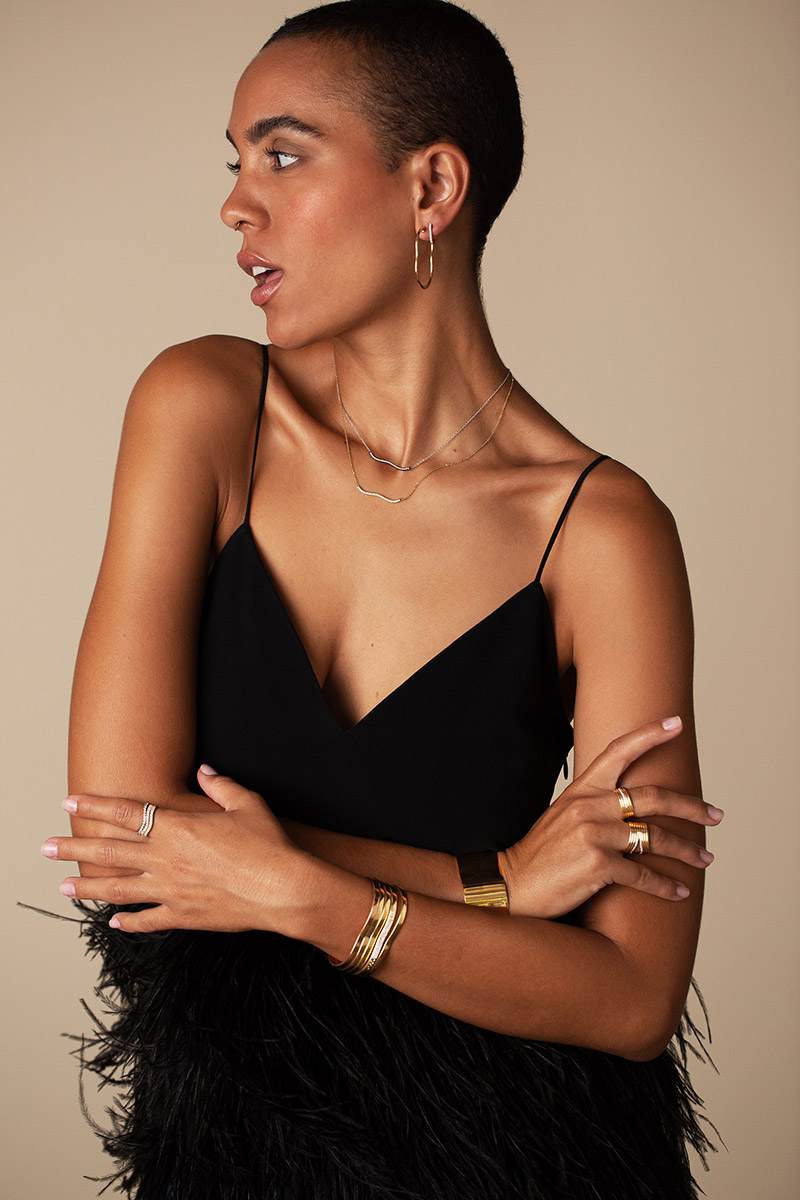
Campaigns Explained
You may hear campaign and immediately think of brands and organizations that have used celebrity models, stylish influencers, or a fancy big-name photographer. But the definition of a campaign has simultaneously broadened and narrowed, encompassing everything from a lavish multimedia commercial shoot to smaller marketing initiatives. In fact, today, campaign is pretty much synonymous with photo shoot.
Those photos can support a number of touchpoints, including your website, social media channels, email newsletters, in-store displays, lookbooks, and printed brochures. To capitalize on these opportunities and engage their customers, many jewelry businesses produce multiple campaigns per year, timing them to align with Valentine’s Day, Mother’s Day, fourth-quarter holidays, seasonal refreshes, and product launches throughout the year.
Concepts and Planning
A photo shoot takes a single day, maybe two at most. But the planning can take three to six months, with plenty of meetings in between, depending on the scale of the campaign.
“There is usually one central idea holding together the product included in a collection and around which we build the idea behind a campaign shoot,” says Elizabeth Lippman, a photographer in Los Angeles, who has shot campaigns for jewelry brands such as Harwell Godfrey, Emily P. Wheeler, Shay, Retrouvai, and Established.
Once you land on that idea—and it can be as simple as “new arrivals” or “holiday gift guide”—you will need to think about whether you want to shoot the product on its own, perhaps styled with some props and backgrounds, or on a model. Using a mix of both—and layering in close-up shots of rings on fingers, bracelets on wrists, etc.—is a common approach.
Types of Campaign Photography
Think of product-only photography as “very expressive portraits of the gemstone or jewel’s design,” Barretti says. “Because jewelry is so small, this macro way of capturing the facets, the color, the presence of light and shadow makes your eyes open up wider. It helps a customer really understand the piece and get excited about it on a sensory level.”
Meanwhile, on-model images give the jewelry real-world context. “Understanding scale is very important when shopping for something valuable like jewelry,” Barretti adds.
Lippman favors shooting jewelry on models because she has found that doing so “allows the voice of the brand to shine through the crowded jewelry space,” she says. “It’s the best way to present the point of view, purpose, meaning, and story of the brand, and who it is for.”
And what about video? “I think of video as a smidge cheesy unless it’s for social media,” says Liz Kantner, an Asheville, N.C.–based marketing and brand consultant and founder of the Stay Gold Collective.
Kantner suggests planning a campaign that incorporates both photography and video because “movement—images that move—has become an important thing to consider to capture attention,” she says. “You’ll see it more and more on website headers and as GIFs in email. It’s great for social media content.”
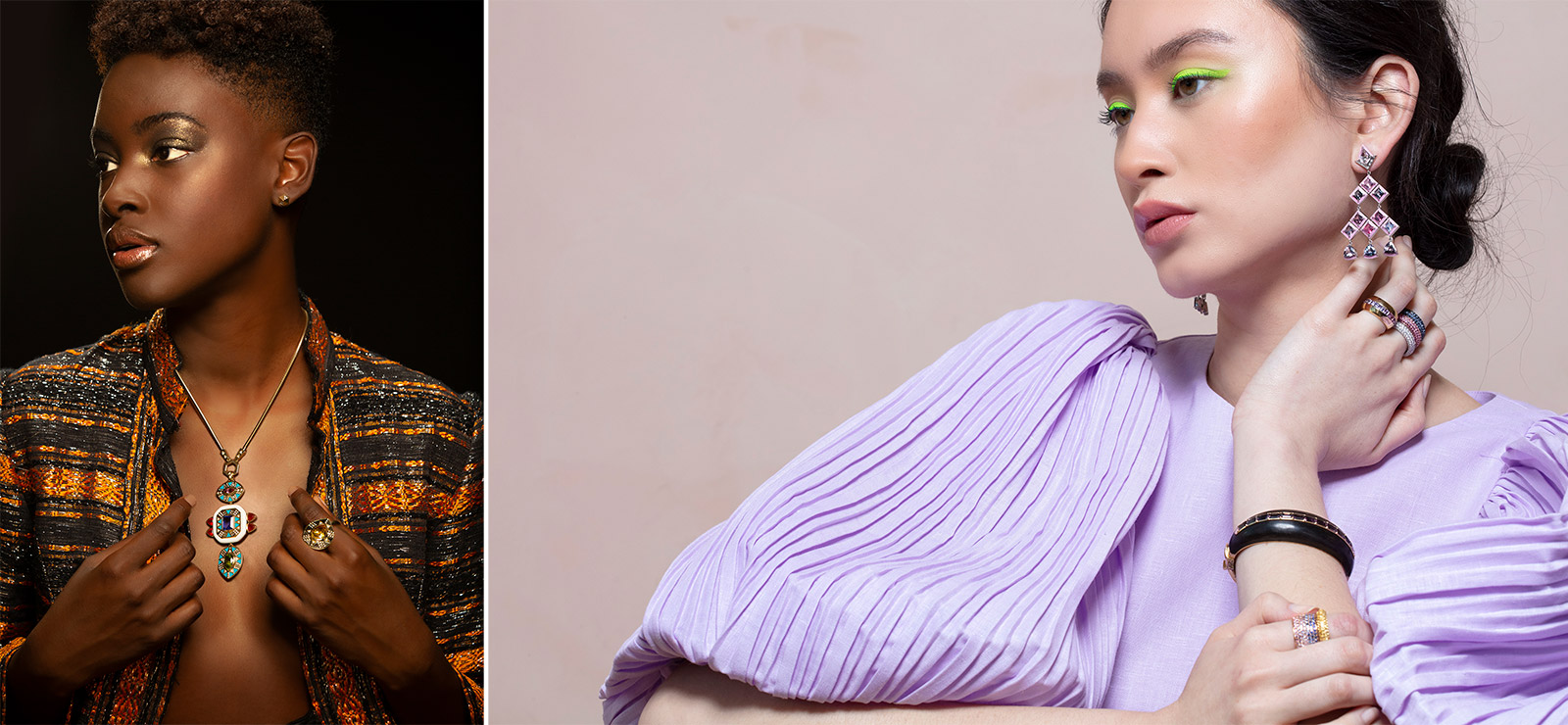
Booking a Photographer
Clearly, not every town is teeming with Juergen Tellers. In order to find a photographer who can shoot jewelry, you’ll have to spend some time on Instagram reviewing the work of the commercial photographers in your area.
“Look at past campaigns and photos, and choose someone that closely aligns with the feeling of the shoot you’re looking for,” Kantner says. “Some wedding photographers also do work for brands, so don’t necessarily count them out.”
In fact, for Parlé’s recent campaign, the brand worked with wedding photographer Jenn Pacurar, of Spotted Stills in Portland, Ore. “She really understood our vision and the kinds of images we’re trying to create.”
Another plus: The best commercial photographers will have the inside track on hair and makeup pros, reliable and experienced models, and locations (even if that’s just a small studio with great light).
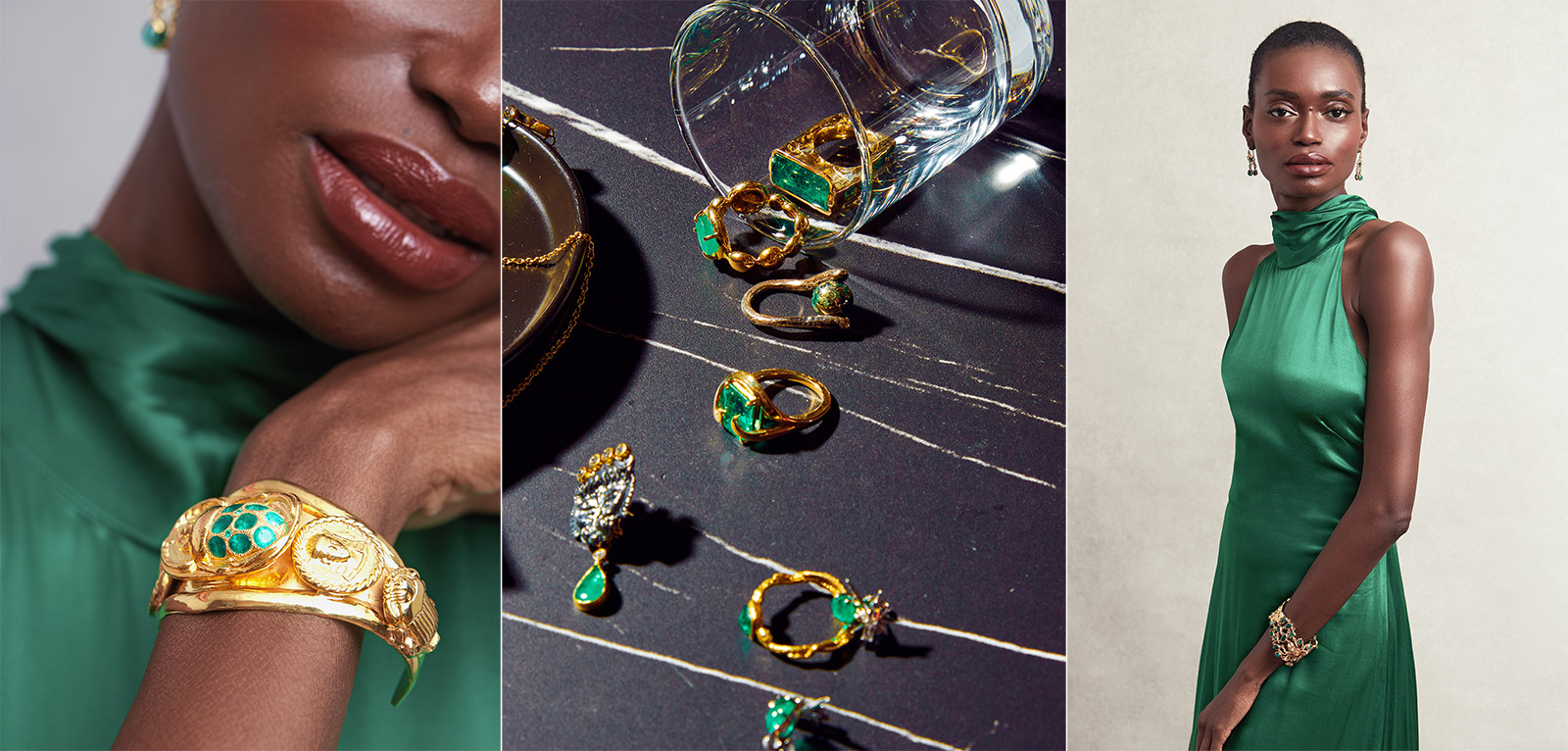
Models That Make Sense
When you’re shooting an on-model campaign, hit pause for a second: Are you clear on who your ideal client is?
“If the brand doesn’t fully understand its target audience, the demographics, their preferences, and buying habits, it will be challenging to create a campaign that resonates and engages effectively,” says Laryssa Wirstiuk, owner of Joy Joya, a Los Angeles–based digital marketing agency that works exclusively with jewelry brands.
Barretti agrees: “A mistake I often see is a model choice that is much too young for the client,” she says. Working with a professional model “who really knows how to move, understands her angles, is mindful of where her hair is [so it doesn’t hide the jewels], and takes direction really well will make that photo shoot so much more seamless,” Major says.
But keep your eyes peeled for unexpected opportunities, as the marketing team at Vahan did when they developed their latest campaign.
“We saw an image of Sydney Baston, one of the top salespeople at Tena’s Fine Diamonds and Jewelry in Elberton, Georgia—and a champion barrel racer—wearing her stack of Vahan bracelets while competing in a barrel race with her horse, Uno,” Robert Kraft, Vahan’s senior marketing manager, tells JCK. “When our owner, Nathalie Calousdian, saw the original picture, she fell in love with how powerful it was and knew other people would too,” he adds. “We contacted Sydney, asked if she would be interested, and quickly arranged a photo shoot in Elberton so we could recapture this moment properly.”
Vahan displayed the final image at its booth at Luxury and on its website and social media pages, and shared it with its retail partners for use on their platforms.
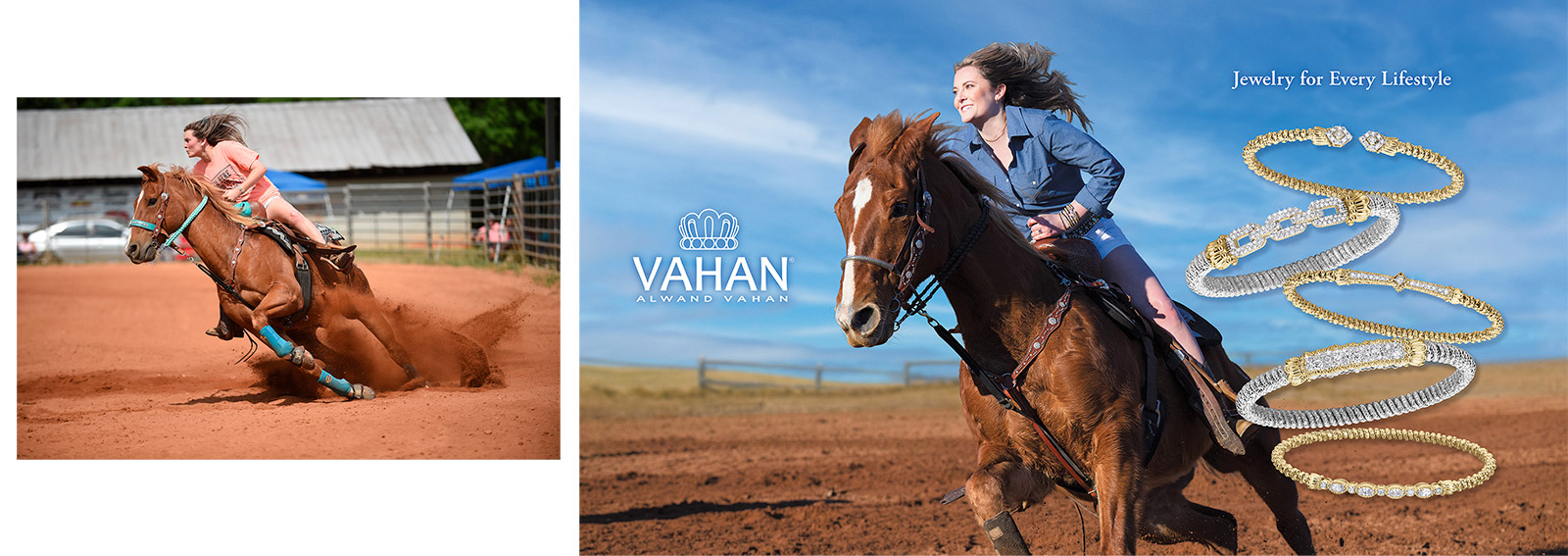
Ready, Set, Go
What can you expect on the day of the shoot? Count on 8 to 10 hours on-set. “For jewelry campaigns, we tend to shoot about six to eight wardrobe looks in a day, and within those six to eight looks, we swap out multiple jewelry pieces,” Lippman says. “For each setup, there will be wider shots with multiple jewelry pieces visible, but then I’ll shoot super-close to focus on a single ring, for example, to maximize our output within the one-day shoot.”
For things to run smoothly, it’s best to plan as much as you can in advance so you don’t need to do a lot of decision-making on-set. “We visualize and select product for all of our shoots beforehand, often physically wearing or digitally collaging the looks in-house with our marketing team before the shoot,” Barretti says.
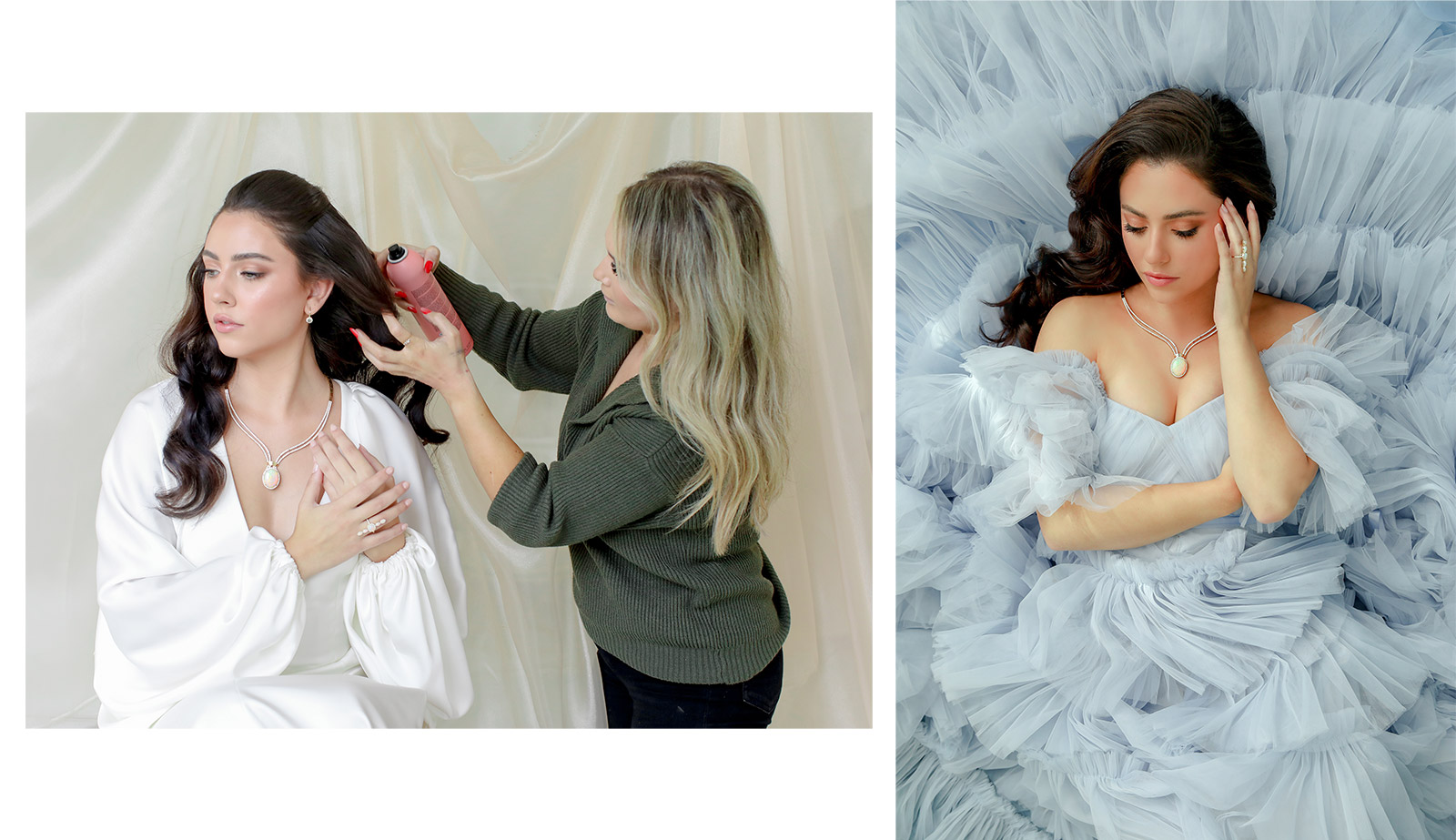
Costs and ROI
How much should you spend on a campaign shoot? As a guideline, Greenwich St. Jewelers allocates approximately a quarter of its marketing budget to the production of campaigns.
Keep in mind that even if you have the means to fund the campaign shoot itself, it’s worth nothing if you don’t have the resources or the infrastructure to implement the campaign. For example, you might need to factor in the cost of investing in additional staff to handle image processing, copywriting, and the mechanics of sending out emails and posting content to social media.
“An effective campaign needs to hit customers at multiple touchpoints, so the inability to fully follow through on the campaign might mean your business is not ready for a large-scale marketing shoot,” Wirstiuk says.
As for the return on investment (in case you need help getting that budget approved by your chief financial officer): “There is a lot of lower-quality work that can make the jewelry itself seem lower quality,” Lippman says. “Investing in a good shoot, with an experienced team committed to the brand’s vision, can add immeasurable value to the brand.”
How do you measure the success of your photo shoot and overall marketing campaign? A telling metric, according to Greenwich St. Jewelers’ Barretti, is customer response. “When clients reach out to us to say they want to be that person in our campaign or they want everything in the lookbook, we know we did it right,” Barretti says. “It’s difficult to get a specific number in terms of ROI, but adding QR codes is helpful with tracking volume of site visits. Sales are very important, but campaigns also help position your brand in terms of how people visually recognize you. It’s part of a long-term branding goal and strategy.”
Top: This festive photo from Parlé’s recent campaign spotlights the opals for which the brand is especially famous. (Photo courtesy of Parlé)
